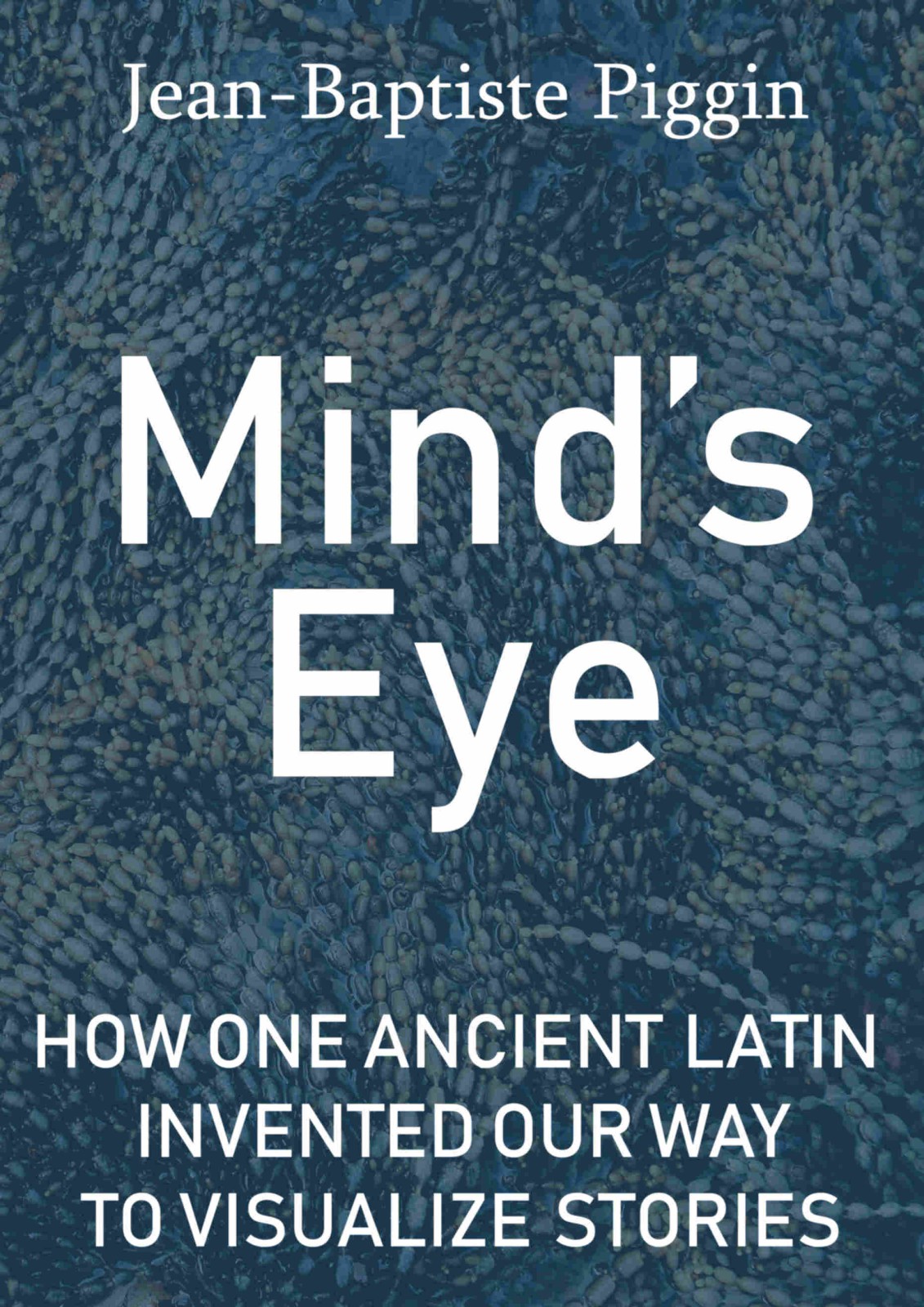A movie about the pagan philosopher Hypatia is currently on the loose in European cinemas.
Agora is the work of a Spanish director, Alejandro Amenábar. Let me admit from the start that I did not know the Hypatia story before I saw the movie in a Hamburg multiplex, and was somewhat startled by its anti-Christian storyline. The film (here is its
website) features the Christians (the bad guys) seizing the Caesarion and the Library of Alexandria from Hypatia and her fellow-pagans (the good guys).
Some of the story I did not get: when the Christians capture the Caesarion, why do they worship amid what seem to be a couple of dozen outsized statues of Osirus and other gods? At the movie’s climax, a naked Hypatia, not looking a day over 30, is asphyxiated in the said Caesarion. The violence in the movie is thoroughly nasty.
The racial stereotyping is particularly disturbing: Hypatia (Rachel Weisz) and her fans Synesius (Rupert Evans) and Orestes (Oscar Isaac) are all north-of-the-Mediterranean types (white) and the villainous Cyril of Alexandria (Sami Samir) and his parabolani supporter Ammonius (Ashraf Barhom) are not only south-of-the-Mediterranean, swarthy, hook-nosed characters, but terrorists to boot.
So it is a movie that will appeal to people looking for an anti-Christian message, yet infuriate Coptic Christians in particular, annoy Christians in general and even irritate strongly committed members of other Middle Eastern religions.
You leave the cinema wondering how authentic this all is. The answer, surprisingly, is that the storyline is pretty close to the historical record, allowing for a little cinematic licence. The murder of Hypatia really did happen and this conflict really was one of those historical events where Christians not only sinned, but the whole Christian movement feared it was going sickeningly off the rails. Philip Rousseau's
Ascetics, Authority and the Church in the Age of Jerome and Cassian mentions Hypatia's murder in the first few pages and illuminates the disgust that many "normal" people felt in this period towards early monks, who were indeed ragged radicals.
As I have thought more about the film, I have begun to value it more as a visual introduction, sketchy as it is, to a troubled period. At the same time, my exasperation at its retrograde historiography has grown. Contemporary research into Late Antiquity stresses not its weakness but its extraordinary intellectual vigour in the face of economic decline, its empowerment of minorities, its epic struggles between virtue and evil. Nothing and nobody in Late Antiquity is all good or all: it is a period of ferment, a very exciting time to be alive.
Agora does not seem to have heard of this way of doing history or this way of doing movies, for that matter. Hypatia is so heroic and Ammonius is so vile that there just isn't any room left for nuance or ambiguity. The film website says the main historical adviser was a Mr Justin Pollard: he is not a distinguished scholar. Director Amenábar is not a historian at all. They honestly tried, but the result of their labours disappoints with its lack of genuine engagement with the period.


